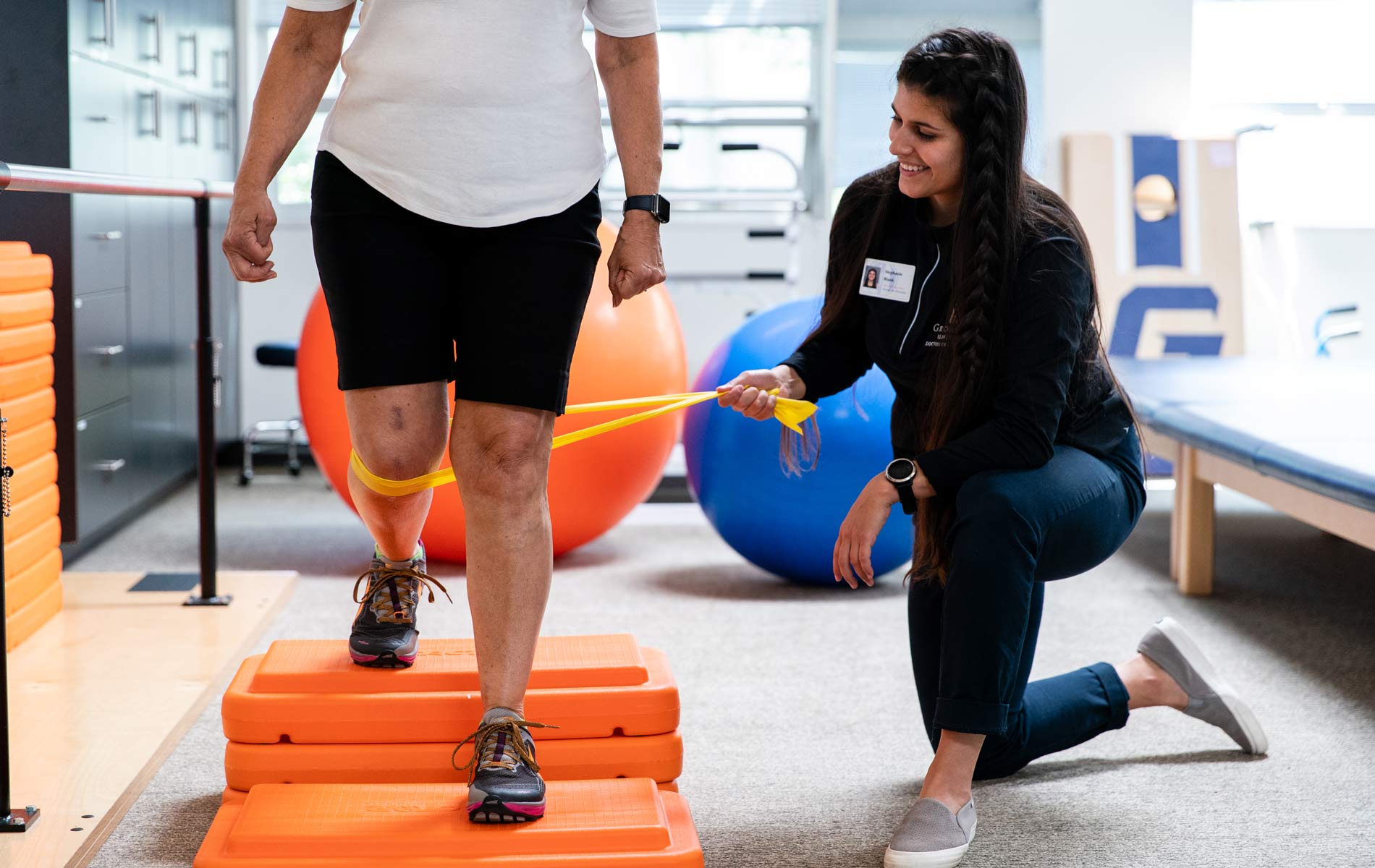One frequent method used in physical is rehabilitative exercise. This involves targeted actions and exercises that help build muscle strength, improve range of motion, and increase endurance. For instance, a client recovering from leg operation may engage in exercises that focus on restoring strength in the leg muscles. These activities are meticulously selected based on the patient’s status and goals. By incrementally increasing the difficulty and complexity of the exercises, physical therapists can help clients regain their strength and movement over a period.

Another important technique is hands-on therapy, which comprises hands-on approaches to adjust the body’s tender tissues and joints. This can entail stretching, joint movement, and massage. Manual treatment aims to alleviate pain, minimize swelling, and enhance circulation. For example, a therapist may apply gentle force to ease stress in stiff muscles or to assist a articulation move more smoothly. This technique is often integrated with other therapies to enhance rehabilitation and promote healing. Patients often consider hands-on treatment to be a relaxing and beneficial way to manage their pain.
In addition to workouts and manual treatment, education plays a crucial part in physical. Practitioners teach clients about their conditions and how to handle them efficiently. This may include advice on correct alignment, body movements, and techniques to avoid future traumas. For instance, a practitioner might show a patient how to lift weighty items safely to prevent straining their back. By enabling patients with understanding, physical practitioners help them assume an active part in their recovery and promote sustained wellness and well-being.
Ultimately, technology is progressively being integrated into physiotherapy practices. Devices such as sonography, electrical impulses, and virtual environments can enhance conventional treatment approaches. These tools can help alleviate pain, encourage recovery, and provide engaging ways for clients to participate in their recovery. For example, virtual environments can create engaging settings for patients to rehearse movements in a safe plus secure setting. As advancements continues to evolve, it provides promising possibilities for enhancing recovery outcomes in physiotherapy.
In conclusion, physical includes a variety of techniques that function together to support rehabilitation and rehabilitation. Through therapeutic activities, hands-on therapy, client instruction, and the use of technological tools, physiotherapy therapists provide comprehensive care tailored to each patient’s helpful resources needs. This holistic method not only helps patients recover their bodily capabilities but also empowers them to sustain their health in the long future. As an increasing number of people recognize the advantages of physiotherapy, it continues to play a crucial role in the pathway toward improved health and fitness.